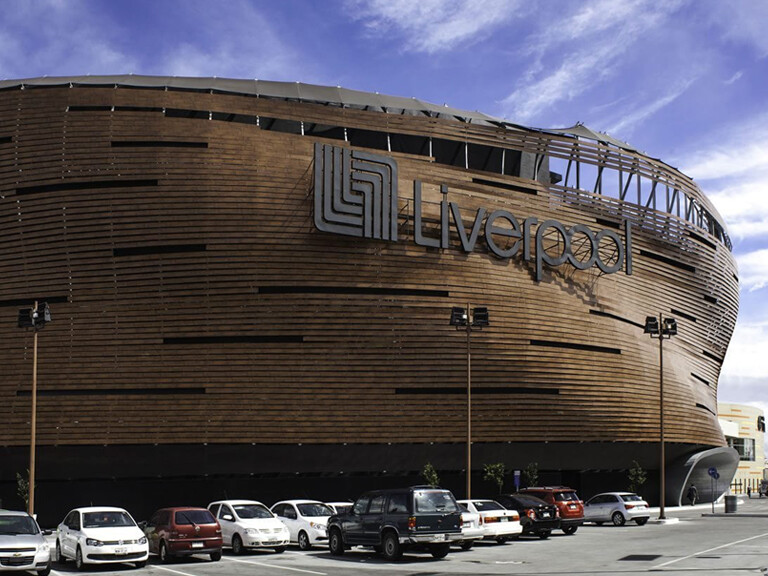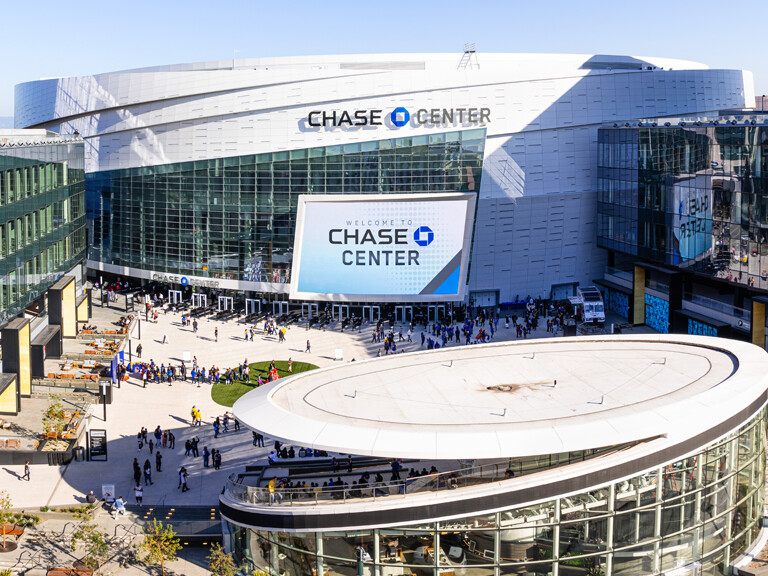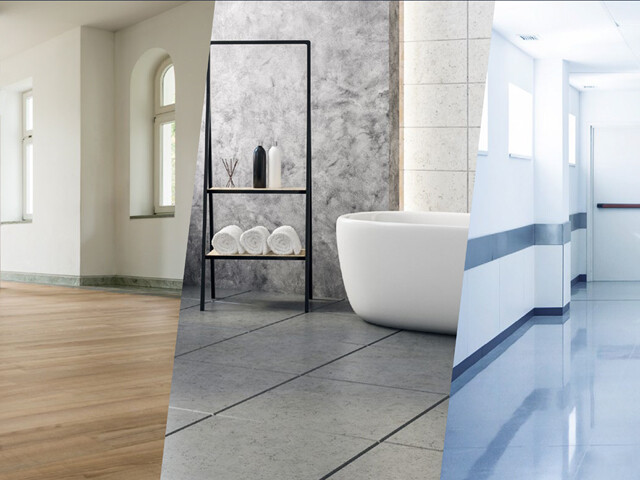The Science Behind the Strength
PanelTack Wall Panel and Façade Cladding System
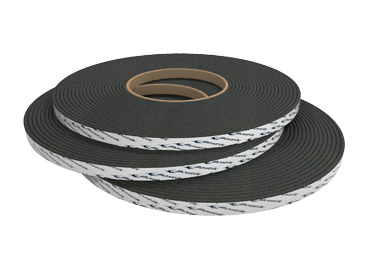
PanelTack™ FoamTape™
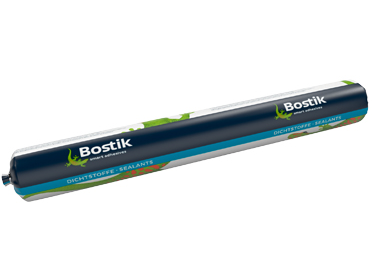
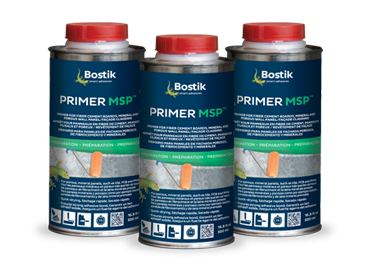
Primer MSP™
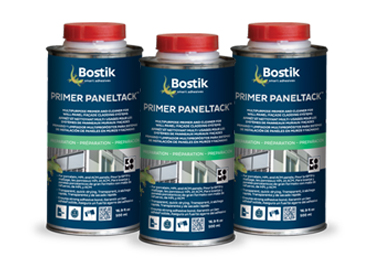
Primer PanelTack™
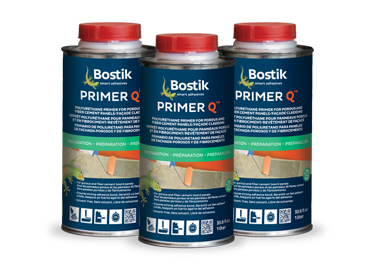
Contact Our Experts
Wind Load
Wind and air movement can compromise a building’s exterior components. When a building is blocking wind, the moving air will reach a standstill, causing immense pressure and wind suction, called wind load. Wind load is stronger at the edges and corners of a building than at the center of a façade. The bond of your wall panel system not only must absorb these tensile forces, but the distances between the support profiles may also need to be reduced. The tried-and-true products in the PanelTack system offer the strength and stability you need to absorb wind load in almost any environment. Unlike mechanical fastening that only has limited interfaces where the fasteners meet the panel and structure, the continuous bond of the PanelTack™ system not only reduces wind-induced vibration that can be heard inside the building, but also displaces the stress from winds more evenly than a heavy-stress point created by mechanical fasteners.
The wind load is calculated on the basis of Eurocode 1 part 1-4, (EN 1991-1-4.) The pressure values depend on the height of the building, the geographic location of the building, and the environment the building is in (i.e. whether or not the building is surrounded by other buildings.)
Thermal Expansion and Contraction
When exposed to the sun, wall panels will heat up and cause expansion while the support structure remains largely unaffected. Inversely, the same effect happens due to excessively cold environments. High pressure laminate (HPL) panels in particular are susceptible to thermal expansion and humidity. Thermosetting resins and wood fibers are influenced by temperature (thermal expansion), and also by moisture (hygric expansion). Other panels, such as fiber cement boards, pressed mineral wool and aluminum composite, are less affected by these influences. Our PanelTack HM adhesive contains high elasticity to fully absorb any panel movement caused by heat and humidity. Additionally, the continuous bead of adhesive provides better thermal insulation by reducing instances of thermal or cold bridges.
Seismic tremors/earthquakes
Bostik’s PanelTack adhesive cannot only help keep the design of your exteriors beautiful, but also shows exceptional strength in conditions of seismic tremors, heavy traffic and extreme wind load, as proven by the successful passing of AAMA 501.6 Seismic Test Method.
Fire Resistance and Fire Safety
Fire resistance is based on a construction’s influence on the start of and contribution to a fire. Bostik’s PanelTack has proven successful by the passing of fire stability and resistance with the NFPA 285 Standard Fire Test Method.
The European classification according to EN 13501-1 distinguishes seven main classifications (A1, A2, B, C, D, E and F), with the following two additions:
“Class s” for smoke development (s1, s2, and s3, where s1 is the highest sub-classification).
“Class d” for the formation of burning drops and particles (d0, d1, and d2, where d0 is the highest sub-classification).Every component of a construction determines the result, such as the panels, the support construction, the installation method, and any insulation material used. With regards to the support structure construction, aluminum is non-flammable with a melting point of about 1,202°F (650°C). The most determining factor, however, is the panel itself. Mineral wool and porcelain tile tends to be the preferred material with a class A1 or A2 rating. Bostik has conducted various fire tests showing that, regarding fire safety (fire classification according to EN 13501-1), legal requirements can be met.
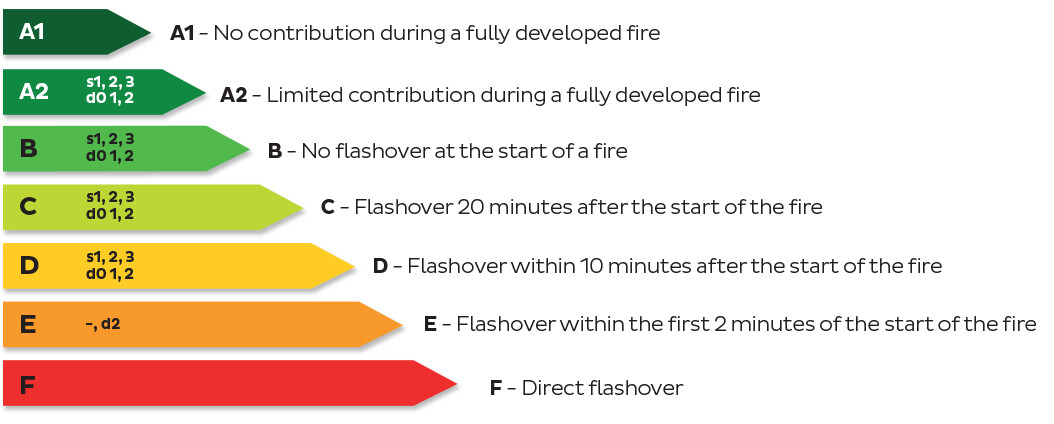
Fire resistance is the ability of a building system to meet the requirements relating to fire stability, flame resistance, and thermal insulation for a certain period of time. The cladding/façade panel determines the overall performance of the PanelTack system with regard to fire resistance.
PanelTack Solutions
Discover Bostik Academy
Bostik Academy is a knowledge center carefully created for professionals in the construction market.
At Bostik Academy you will experience a tailored training program that is perfectly matched to your needs.
Our highly skilled Technical Team will present our product portfolio, best application methods, and key industry recommendations. In addition, we are also able to offer tailored dedicated training to you and your team.
Just let us know!

